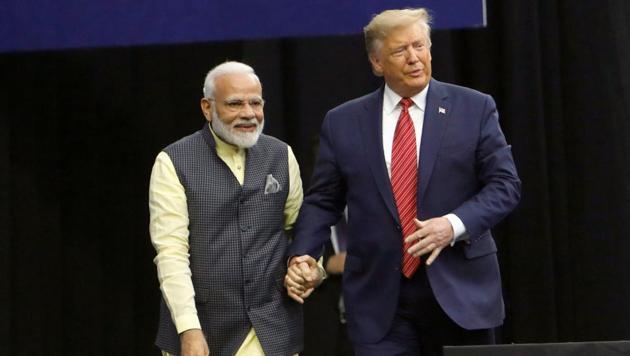S-386: Why Indians are waging a battle in the US
Indians have been hit the hardest by the country-limit on Green Cards, followed by the Chinese, because there are more of them applying it every year than people from other countries
Their chance to own the American Dream they had lived on borrowed time thus far is finally in sight. But not in hand. The Indian government, however, might want to use its growing clout with the United States (US) to clinch it for them, if it choses to intervene, overcoming its own very legitimate and reasonable ambivalence on the issue.

An estimated 1.5 million Indians (around 300,000 primary visa holders and dependents and some others) are in danger of losing their best shot yet at the US citizenship because a US senator has put a block on a legislation that seeks to remove a per-country limit of 7% on the number of Green Cards, a mandatory pre-citizenship stage, that can be granted to applicants from any one country every year. And this cap applies to both employment-based applicants, such as those on H-1B short-term visas for highly skilled foreigners, and those applying as relatives.
Indians have been hit the hardest by this country-limit, followed by the Chinese, because there are more of them applying for Green Cards every year than people from other countries. Cato Institute, a conservative think tank, has predicted that at the present rate of issuance, Indians applying now may have to wait 151 years for a green card. “Obviously,” it added in a 2018 report, “unless the law changes, they will have died or left by that point.”
Some have died waiting in the queue indeed, and some left for India; and anecdotal account abound of these stories, some of them extremely disturbing. For those who stayed, life was tough. Their spouses are in danger of losing their work authorisation, as the Trump administration seeks to overturn an Obama-era rule that was intended to make the waiting less burdensome for those in the line. And their children face the prospect of being removed from their parents’ visas as dependents and left to fend for themselves in a process commonly known in these circles as “aging out”.
There is widespread sympathy for these Indians and bipartisan support for removing the per-country limit. But past efforts either ended in the trash bin or remained inconclusive because of several factors, including being packaged with larger immigration reform measures that were doomed to fail.
Immigration Voice, an advocacy group of Indians spearheading the effort to remove the country cap, says the current legislation has the best chance of enactment ever. And it is exhorting members to bring as much pressure as they can on the senator, Richard Durbin, to force him to lift his block. Their campaign has been intense, and, given the stakes, nasty, with allegations the senator is racially prejudiced against Indians. His office has not responded to a request for comments from Hindustan Times.
The Indian government has considered supporting these Indians in the past given the widely reported hardships faced by them — slave-like exploitation by their employers has been a refrain, for instance. But it baulked in the end, arguing why should it support its own citizens’ bid for the citizenship of another country, of the US in this instance.
Fair point. But consider this: One, they are Indians, and are, thus, entitled to the best protection, support and help they can get from India. These Indians will be important allies of India wherever they are, as a beneficiary of the legislation or not. That cannot be such a bad thing, come to think of it. Indian Americans, as they will be called eventually, have been critical to many of the recent milestones in the India-US relations, starting with the most iconic and consequential of them all, the 2005 India-US nuclear deal. Everyone involved, remotely or directly, attests unambiguously to the crucial role played by Indian Americans,
New Delhi, S 386 bill could be an opportunity.
yashwant.raj@hindustantimes.com






